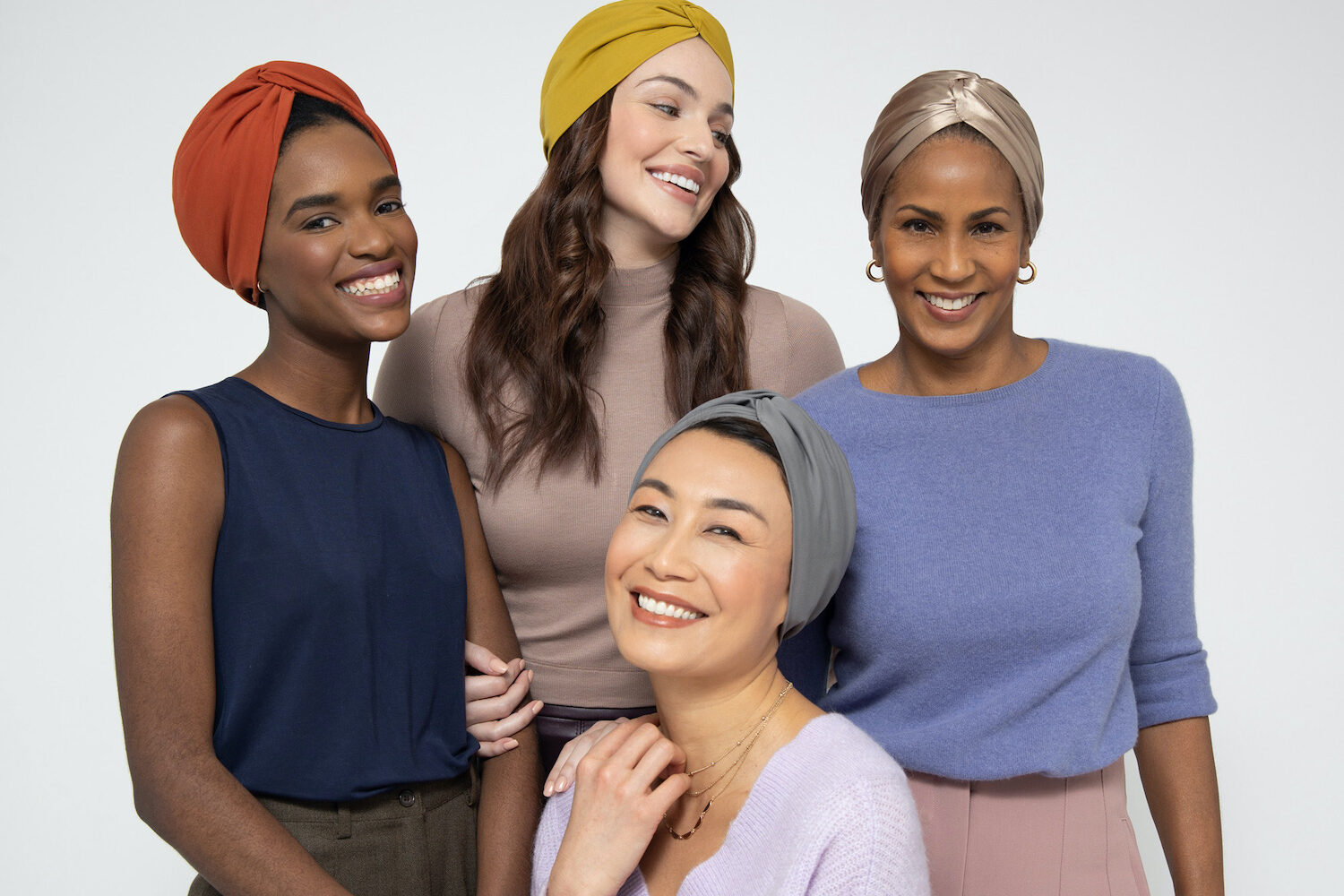
Bad Hair Days Have Been A Boon To Hair Accessories Brand Loza Tam
Bad hair days are a problem for many people—Loza Tam highlights data that 50% have canceled a date and 43% have bailed on a job interview because of them—but they’re a business opportunity for the hair accessories brand, which is gearing up for aggressive growth as it kicks off a campaign to raise $250,000 via crowdfunding platform WeFunder.
As of Monday, the brand founded in 2016 by Tomara Watkins, formerly an e-commerce strategist for Bevel and Buttah Skin, had amassed $18,400 toward its fundraising goal. Investments start at $100, and are expected to be put toward expanding Loza Tam’s team, paid influencer marketing and video content, product development and retail reach. It’s currently available at the retailers Brown Beauty Co-op and Nubian Hueman.
Loza Tam’s second product, Tam Wrap, a pre-tied satin-lined head wrap turban Watkins fashioned to compensate for bad hair days, really catapulted the brand. Reflecting on pre-pandemic times, she says, “You really didn’t have a large window to get yourself ready and look presentable, and my hair was always the biggest challenge that I had in the morning, so I just wanted to create a product that would allow me to get out the door, be on time to work, and still look and feel confident.”
Once the pandemic hit, the product didn’t lose its relevance. It proved beneficial for women who couldn’t visit salons and were happy to have a way to conceal their roots. The brand registered 59% revenue growth in 2020 and has generated $500,000 in revenues to date. The brand has sold 16,000-plus units to over 8,700 customers. Its head wraps are largely priced from $30 to $50. “The demand for our product drastically increased so much so that we could not keep up with the demand because we’ve never had it at that level,” says Watkins, who projects Loza Tam’s top-line sales will hit $1 million by 2023.
Capital raised by Loza Tam will help it increase production capacity, and introduce new sleepwear and shower styles. Watkins hopes to bring the brand’s manufacturing to New Jersey or California. It’s been relying on facilities in West Africa, Turkey and Europe. “COVID has certainly taught me that you really need to diversify your production suppliers because, if something goes wrong with one of them, your entire business essentially is in their hands,” says Watkins.
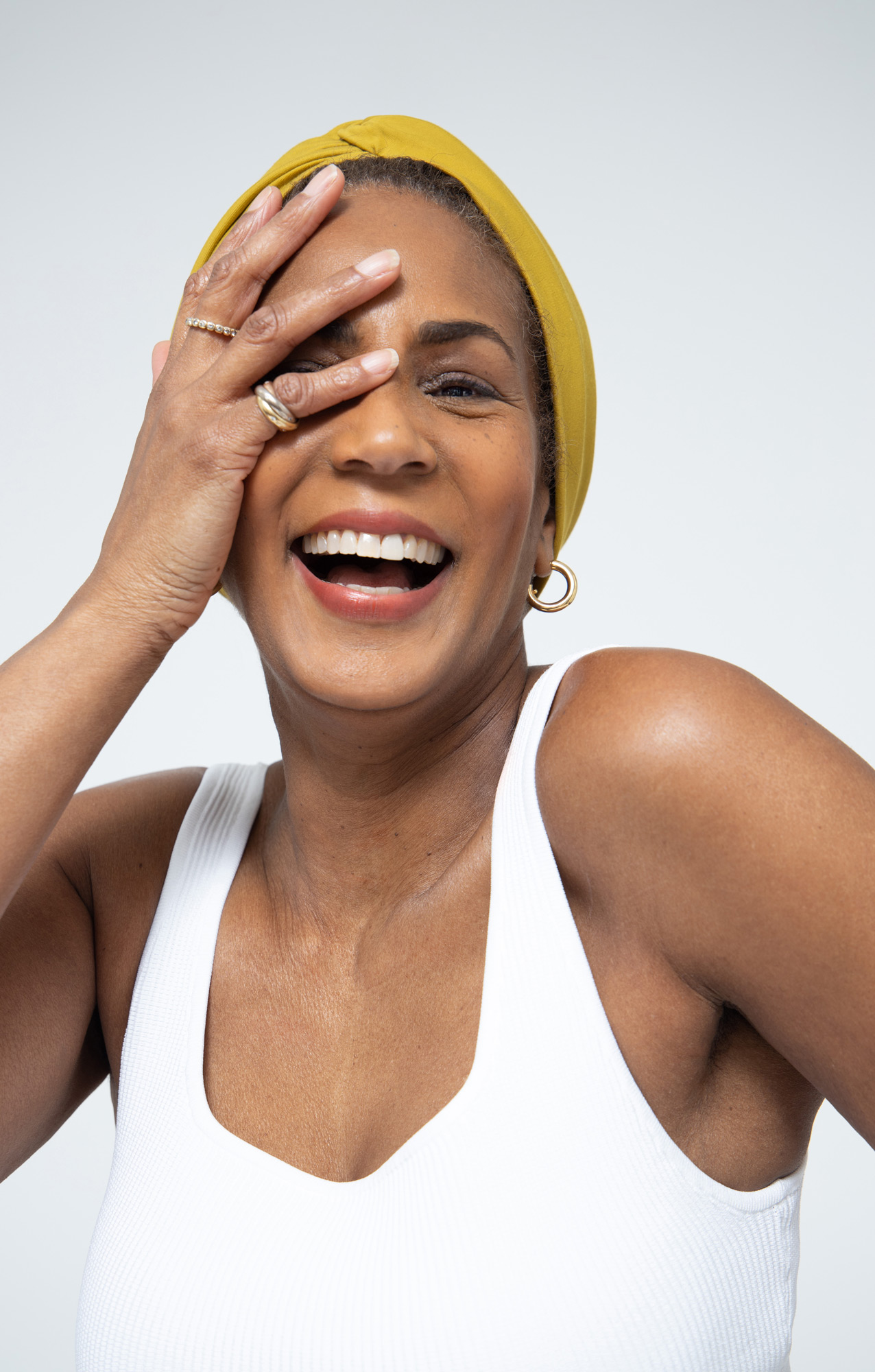
Watkins is part of a growing group of women- and BIPOC-owned beauty brands seeking alternative crowdfunding routes to raise money. Last year, haircare brand CurlMix raised over $4 million on WeFunder from a pool of around 7,000 investors. Founder Kimberly Lewis told Beauty Independent in May last year that she didn’t want to follow in the footsteps of other big-name brands that raised money, sold to conglomerates and left their customers hanging. Crowdfunding was her way of supporting the community that supported her over the years.
She said, “[Customers are] like, ‘Well, what about us? We helped you kind of create that value with our social sharing, with our videos, our posts, and we’re not getting anything for it. But I think, if they were making money on that deal, they might feel differently. They might not think, ‘Oh, you sold out,’ they might think, ‘Oh, she’s creating value in our community.’”
Watkins has had trouble connecting with the tight-knit venture capital community. “The reality is that investors tend to invest in products and in communities that they understand and, when it comes to products for women, they have to go and they have to ask their wives, which is honestly a bit insulting,” she says. The tough reality isn’t surprising to her. She cites data from Project Diane that Black women founders received less than 1% of venture funding in 2020. “That’s a very small piece of the pie,” she says. “It’s not even a piece, it’s a slither, a crumb.”
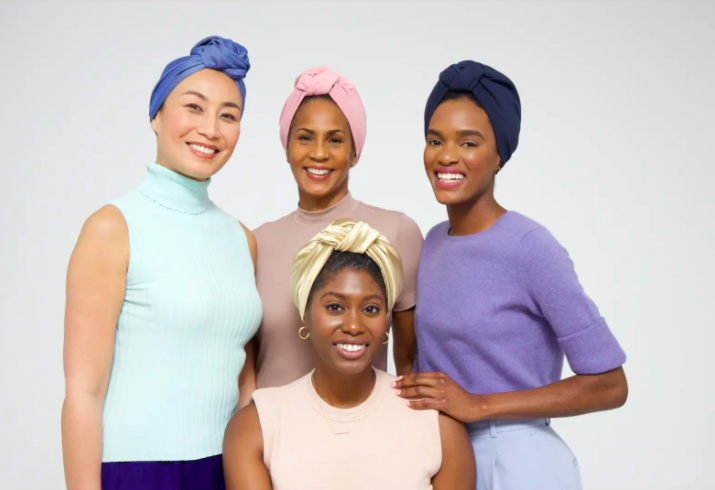
Watkins was initially hesitant about raising money through crowdfunding. “I thought crowdfunding was a donation, almost like philanthropy in a way,” she says. Watkins discovered a lot of people in her immediate circle had drawn a similar conclusion, which had led to her to have to educate them on the topic. As she ramps up education on crowdfunding, Loza Tam’s raise has been “slow, but steady,” she says.
Watkins is embracing the “it’s a marathon, not a sprint” mentality. To amplify Loza Tam’s crowdfunding campaign, she’s heeding advice from her husband to set up meetings in the same way she did previously with venture capital and private equity firms. “If somebody works hard for their money, you want to make sure they understand your vision for their investment,” she says.
Watkins has an idea she thinks could speed up the crowdfunding process. “Maybe we should just call it crowd-investing because, when you put that word investment in there, it changes the perspective of what it is,” she says. “It’s really the opportunity to get in on the ground floor of a company and make a significant return.”
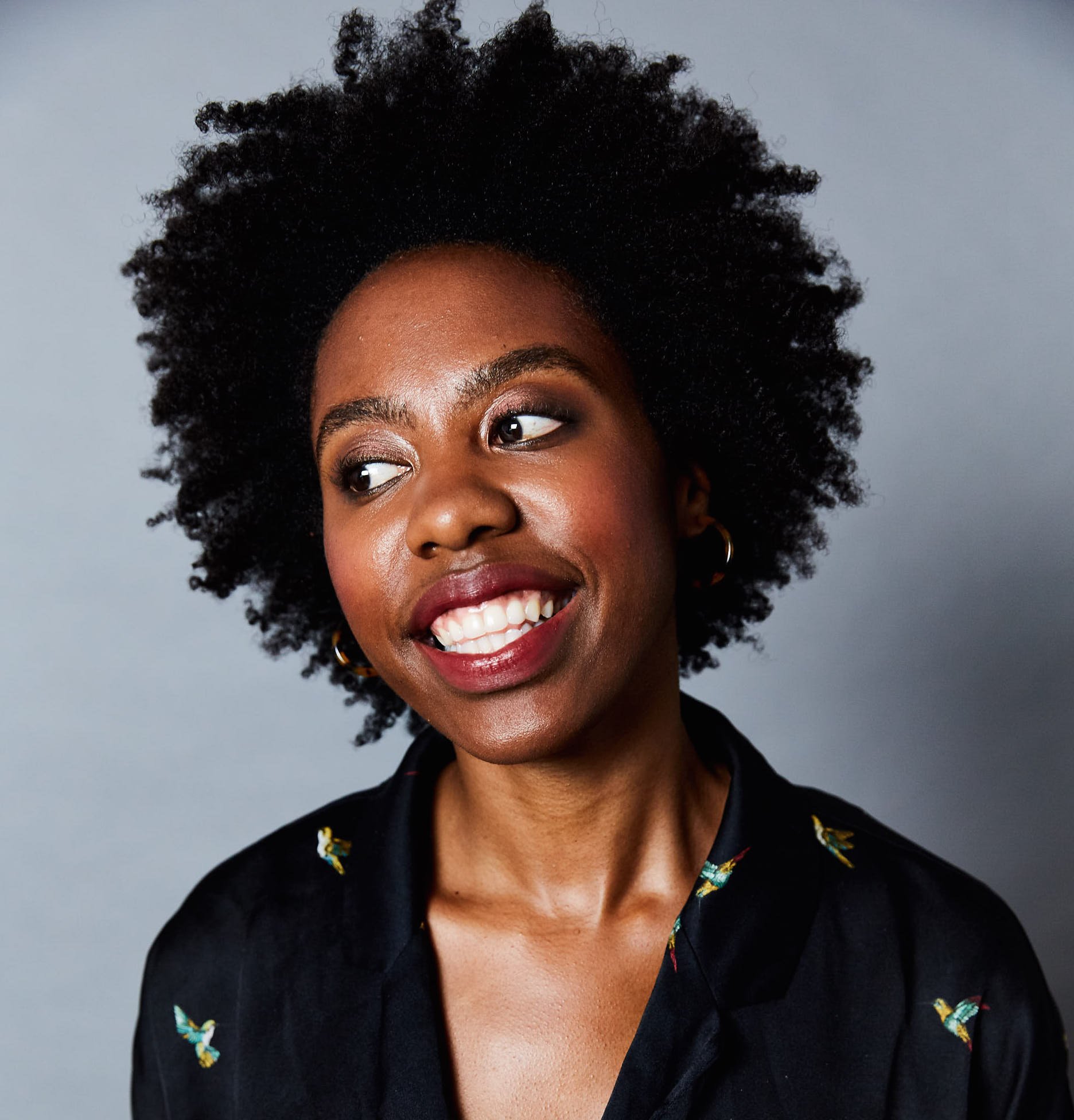


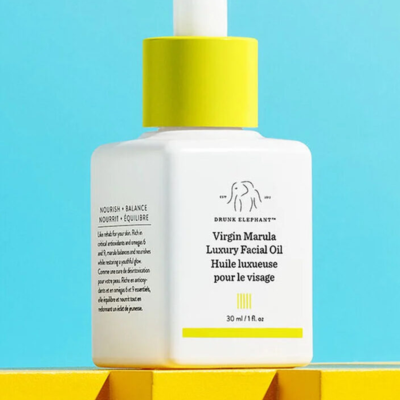
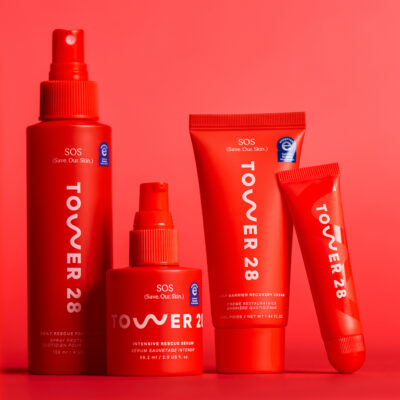
Leave a Reply
You must be logged in to post a comment.